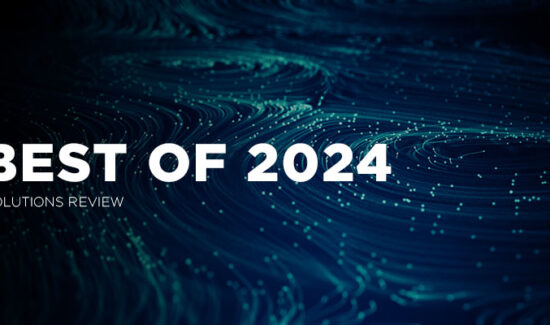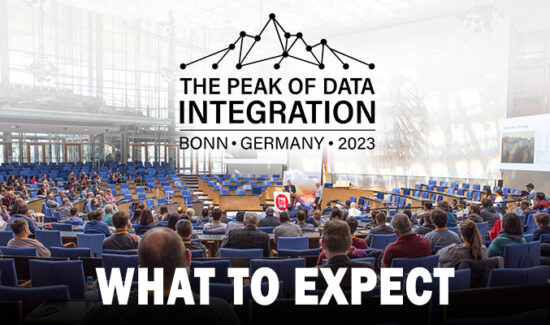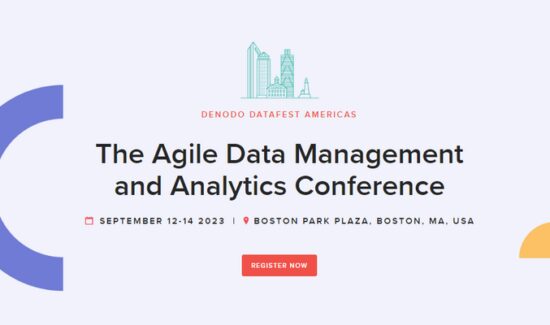What’s Changed: 2020 Gartner Magic Quadrant for Enterprise Integration Platform as a Service

The editors at Solutions Review highlight what’s changed since the last iteration of Gartner’s Magic Quadrant for Enterprise Integration Platform as a Service and provide analysis of the new report.
Analyst house Gartner, Inc. recently released the 2020 version of its Magic Quadrant for Enterprise Integration Platform as a Service. The market is “highly fragmented, fast-evolving and overcrowded” according to the researcher, making vendor evaluation a difficult process. Larger Enterprise Integration Platform as a Service (EiPaaS) solution providers are increasingly merging their cloud technologies with traditional integration capabilities and packaging them to target different use cases and user personas.
Gartner defines EiPaaS offerings as “a suite of Integration Platform as a Service technologies.” The report adds: “An iPaaS provides capabilities to enable subscribers (also known as “tenants”) to implement integration projects involving any combination of cloud-resident and on-premises endpoints, including APIs, mobile devices and the Internet of Things (IoT). This is achieved by developing, deploying, executing, managing and monitoring integration processes and flows that connect multiple endpoints, so that they can work together.”
An iPaaS is normally used for use cases like cloud service integration, application integration, B2B ecosystem integration, API publishing, multiexperience scenarios, and IoT. EiPaaS vendors target application leaders and other buyers who are “looking for a strategic integration platform to use for multiple, often business-critical integration projects.” Gartner recommends that buyers develop a comprehensive understanding of their requirements and priorities prior to beginning vendor evaluations. The researcher also advises buyers to consider domain-specific iPaaS solutions where appropriate.
Vendors in this marketplace include what Gartner refers to as “pure-play providers” as well as major players in traditional data and application integration. EiPaaS buyers can secure products as suites of capabilities in either a single package or via individual subsuites. Gartner adds: “The different packaging targets different use cases, different intended audiences and different target markets.”
In this Magic Quadrant, Gartner evaluates the strengths and weaknesses of 17 providers that it considers most significant in the marketplace, and provides readers with a graph (the Magic Quadrant) plotting the vendors based on their ability to execute and their completeness of vision. The graph is divided into four quadrants: niche players, challengers, visionaries, and leaders. At Solutions Review, we read the report, available here, and pulled out the key takeaways.
Gartner adjusts its evaluation and inclusion criteria for Magic Quadrants as software markets evolve. As a result, Talend and Tray.io have been added to the report.
Informatica retains its spot as the top player in EiPaaS with the largest market share and solutions for a wide variety of use cases, including digital integration hubs, data lakes, data warehousing, application modernization and process automation. Informatica’s messaging also resonates well with buyers looking to acquire hybrid and augmented integration techniques. Boomi is hot on Informatica’s heels, and its AtomSphere platform has been updated into a suite of separately packaged tools for application, data/B2B and electronic data interchange (EDI) integration. Boomi is best for medium-to-large organizations and has perhaps the best market understanding of any provider in the field.
SAP shot up Gartner’s vertical axis for Ability to Execute and now finds itself in the Leaders column. Gartner describes SAP as “one of the most comprehensive” EiPaaS offerings, focusing on the technical features of integration technology and providing solutions that address SAP-specific integration challenges. SAP reference customers also report that the offering has improved significantly due to the company’s shift of focus to customer success over the last 18 months.
Workato, MuleSoft and Jitterbit form a bloc in the middle of the leaders column for the second-straight year. Workato offers iPaaS tools in two flavors depending on company size and user persona, and Gartner reference customers report excellent overall user experience. MuleSoft is the second-largest EiPaaS vendor by revenue, and its acquisition by Salesforce has helped it expand its capabilities across several industries. MuleSoft touts a technology-agnostic platform that serves a range of data infrastructures as well. Jitterbit integrates cloud interenterprise and on-prem environments. This, along with market traction and a top score for customer relationships has Jitterbit’s arrow pointing straight up.
Oracle, SnapLogic and Microsoft round out the Leaders column for 2020. Oracle’s EiPaaS is available via Oracle Cloud, and the mega vendor’s integration capabilities might be the most robust of any vendor in the space. Oracle targets midsize and large organizations while zoning in on ERP, HCM and customer experience use cases. SnapLogic offers an adaptable platform that supports automating integration pipelines of application and data sharing. SnapLogic balances high performance integration with simplicity for non-technical users. Microsoft offers a broad portfolio of integration tools, and its Azure Integration Services (AIS) product is available worldwide with support from more than 1,000 AIS-enabled partners.
TIBCO Software once again straddles the line between Challengers and Leaders, but remains a market challenger alongside new entrant Talend. TIBCO’s EiPaaS comes from acquisitions it has made over the last few years, though the company has been active in the integration technology space for decades. TIBCO touts a strong partner ecosystem and customer support that is unmatched from smaller providers. Talend’s EiPaaS is based on its on-prem integration technology that has been broadened for cloud and on-prem integration and hybrid deployment, as well as reusable artifacts and extendable and embeddable APIs.
Software AG made a notable leap toward the Leaders column and now represents the top vendor in Gartner’s Visionaries bracket. Software AG’s EiPaaS features B2B and API capabilities, and the provider also offers IoT-focused functionality as well. Software AG is best for complex integration scenarios, and some of the world’s top firms use its services as a result. IBM is also a consideration for large organizations with complex integration challenges. 2019 saw IBM add a slew of new features in every component of its EiPaaS product.
Tray.io makes its debut as a Niche Player, but positioned in the top-third of the quadrant. Tray’s EiPaaS is known for ease of use and flexibility, and includes a variety of prepackaged integrations and connectors, as well as the ability to build custom integrations. Gartner reference customers also report high levels of customer service and support. Adaptris is known for its integration presence in the agriculture and food industries as a result of offering iPaaS and integration brokerage together along with APIs for IoT. Adaptris also supports a number of usage scenarios, and its partnering approach with clients have resulted in great customer feedback scores.
Celigo Integrator.io is an EiPaaS system for business users, integration specialists and developers. The product provides a range of pre-built integrations and connectors, as well as the ability to build custom integrations. Support for non-specialist integrators is a key strength of the platform. Celigo also offers a low cost of total ownership relative to the competition. Cloud Elements offers an API integration product that features pre-built connectors called Elements. It was designed to enhance developer experience regardless of the application’s backend, and creates a unified API layer and standards-based implementation across environments. Multipersona user support through Conductor and service virtualization innovation are major strengths.

























